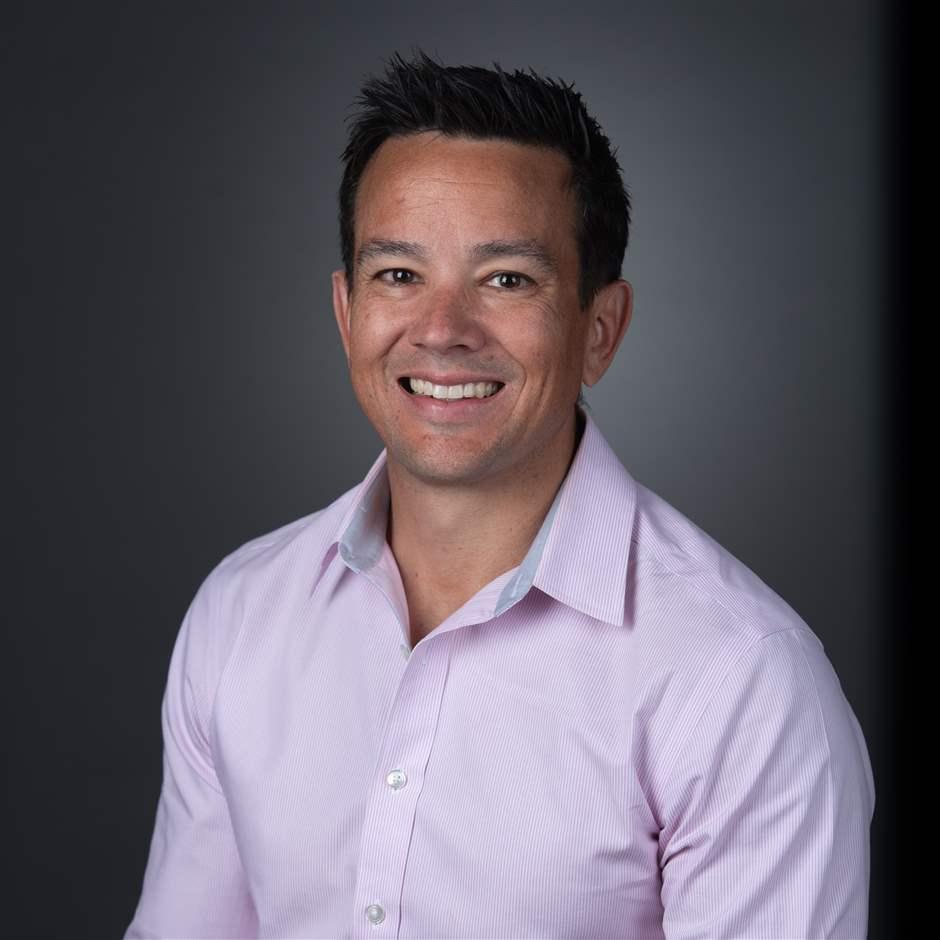Opioid Treatment Programs Continue to Face Challenges In Opening Centers
Agency CEO says regulations and stigma can prevent expansion of care—and explains how to address them
Nick Stavros serves as the chief executive officer of Community Medical Services, an Arizona-based for-profit agency with more than 40 treatment programs in nine states. Stavros is also the president of the Arizona Opioid Treatment Coalition and the Arizona representative to the American Association for the Treatment of Opioid Dependence (AATOD) board. Stavros spoke to Pew’s substance use prevention and treatment initiative program about challenges in the field.
This interview has been edited for length and clarity.
Q: Has it gotten any easier to open opioid treatment centers, or OTPs, as the opioid crisis has escalated?
A: No. When I came into the field in 2013, both the Substance Abuse and Mental Health Services Administration and the American Association for the Treatment of Opioid Dependence said the goal was to get to 2,200 OTPs in the country by 2015. But eight years later, we’re at around 1,800. As an agency we may be opening more clinics than any organization in the country, and we’re still not opening a lot—maybe 10 a year. This suggests that there’s still a lot of work to do to reduce stigma and other barriers that prevent new programs from opening.
Q: What are some of those barriers?
A: Many types of health care agencies need to get approval from various federal agencies. However, certain hurdles are particular to OTPs and don’t exist for other health care agencies.
Q: What’s an example?
A: The Center for Substance Abuse Treatment, which is part of the Substance Abuse and Mental Health Services Administration, emphasizes the need for OTPs to do community outreach prior to opening a clinic. That may generally be good practice, but having that requirement for OTPs and not other establishments is stigmatizing.
Q: How about in the states?
A: Each state is different. For example, Indiana has regulatory hurdles for for-profit companies that want to open clinics. Mississippi requires you to get everyone—including the local sheriff and the city council—to sign off on an OTP opening. But it can go either way: In Arizona, the governor’s office, Medicaid agency, and Department of Health have all been huge advocates. That’s helped us expand access to treatment.
Q: Do you think state restrictions are increasing or decreasing?
A: Overall, things are not improving from what I’ve seen in the past six or seven years.
Q: Why do you think that is?
A: State regulations tend to have good intentions but don’t reflect the root of the problem. And when you don’t understand the issue but try to put a solution in place, it’s not going to ultimately solve the problem.
Q: For example?
A: Some states don’t allow counselors to treat more than 50 people. That comes from a concern that caring for more people will result in lower quality services. But there’s a shortage of behavioral health technicians and professionals throughout the country, so what happens when you can’t hire any more counselors is that more people can’t get treatment. The alternative a lot of times is death. So states should be weighing the downside risks of less services for some patients, on one hand, versus no services for a lot of patients, on the other hand.
Q: What about in cities?
A: Approval at the city level can be especially challenging. For example, Milwaukee requires most medical facilities to go through a board of zoning appeals hearing, which can at times be an insurmountable obstacle. In that case, we ended up needing to open in a nearby suburb instead.
Q: Are there other problems with state or city regulations?
A: Regulations are sometimes an afterthought solution to an inaccurately defined problem, or could even be instigated by existing addiction treatment providers who want to create barriers to competitors entering a market. Additionally, you might have political leaders or one strongly vocal elected official opposed to the whole idea of medications for opioid use disorder, or MOUD.
Q: Where do you think the objections to OTPs come from?
A: They could be a matter of competing policy priorities or stigma.
Q: You mentioned stigma earlier too, as a barrier to opening more centers. Can you say more about that?
A: Stigma can play a part in how residents perceive addiction treatment centers coming into their neighborhoods. Some landlords don’t want to rent to us; some sellers are concerned a clinic is going to devalue nearby property.
Q: Is that true across the board, or are there geographic differences?
A: When we try to open a clinic, we tend to get less pushback in rural communities than in urban areas.
Q: Why would that be the case?
A: In urban settings, it’s very easy for somebody to ask us to go to the next neighborhood over; in a rural setting, that’s not an option. And rural areas are more tuned in to how bad the opioid epidemic is and how their entire community is suffering.
Q: How do you identify where you want to set up clinics?
A: The first place we typically go is a town or city’s harm reduction agency, which is focused on lessening negative consequences for people who use drugs and tends to know the lay of the land. We also reach out to the chamber of commerce, mayor’s office, local city council members, first responders, and elected officials—sometimes targeting a specific key legislator we need support from. We also engage community residents.
Q: How do you make the final decision on location?
A: If we’re considering multiple properties for a clinic, sometimes we’ll ask which one works best for the local leadership. But in the end, it comes down to not only where the greatest need is but also where it’s going to be possible to open. We might as well open two clinics in places that are receptive to us than try to open one clinic that might be in a better location—but also where it might take years to open. We’ve found that location is less important than the quality of treatment: We’ve had patients drive long distances to come to a good program, even if it’s not the closest program.
Q: Your work with the community probably isn’t done once you choose a location.
A: Right. Once a lease is signed, we hold an open house prior to opening to give people a chance to bring us their concerns. Meeting personally with people has a big impact and helps dispel misconceptions about who is suffering from an opioid use disorder.
Q: What do you hope to gain, long-term, by engaging with the community?
A: Our mission is not just to treat opioid addiction, but also to change how people look at addiction and treatment. If a treatment program can work with a city rather than getting into a legal battle, that’s not just allowing the program to open up a clinic: It’s actually changing the hearts and the minds of all those people in the community. And that’s a win-win situation.
Editor’s note: This Q&A has been updated to correct Community Medical Services’ status. It is a for-profit agency.









